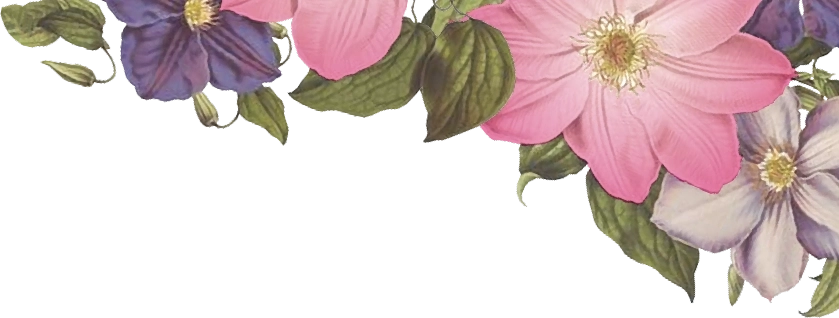Starting Seeds Indoors
Ah the snow is finally melting; the streets and cars are full on grim. Everyone is walking a little lighter, smiling a little more and the neighbours are emerging from their dens. In the cold of winter it seems our greetings become a quick wave or grunt in passing. Now I look up and down or street and there are little gatherings of people talking about the spring.
When: It’s a great time to start planning you vegetable garden and gathering your supplies to start seeding inside. The best time to seed inside is the end of March to mid April.
Which Seed: Which seeds should I be starting you ask. The best ones are Broccoli, Cabbage, Cauliflower, Leeks, Kohlrabi, Peppers and tomatoes. You can try other seeds but most will germinate and establish quite quickly when directly sown into the ground. Most of your root vegetables won’t transplant well, thus they have to be sown directly. Also let’s not forget fresh herbs.
Pots and Containers: Seeds are best planted in individual pots or trays with individual cells to make transplanting easy. You can use plastic or peat pots, yogurt containers and egg cartons. Almost any container will work but make sure there are drainage holes in the bottom. Seeds and young seedlings don’t like to have wet feet. If you are reusing plastic pots be sure to soak them in warm water and bleach at a rate of 9 parts water to 1part bleach to kill any pathogens or bacteria that is present.
Soil Mixture: A nice sterilized peat mixture is a great soil to seed in. Such as Premier Pro Mix Potting and Seeding Mix. In a larger container, such as a rubber maid container place you soil and add water to moisten it. You want it to be moist but not dripping wet. Fill your containers to ¼” below the top and pat it down. Place two or three seeds in each container and then cover with soil. To water the seed I like to use a spray bottle. A watering can be too forceful and wash the seeds out of the container.
Where and Watering: Place the pots in a sunny warm location. On top of your fridge is an excellent warm spot. Keep the soil moist. As the seedling grows it is a good idea to let the top layer of soil dry out between watering. This will help prevent the plants from rotting or damping off.
Thinning Out: Once the seedlings have started to grow it is best to thin them out so that you leave the strongest growing one in the container.
Hardening Off: As we approach the transplanting time, which is usually End of May beginning of June in Manitoba, you will need to harden your plants off. To take them directly outside and plant into the garden would be shock for most plants. Hardening off is quite easy. A week before you plan to transplant the plants you need to move them outside into a sheltered spot of a little bit each day. Start with a two hour period the first day and increase it one hour a day for the rest of the week.
Planting Out: Make sure the plants are thoroughly moist a few hours before transplanting. This will help the soil stay on the roots. The best time to transplant is on a cloudy day, late in the afternoon. This will allow the plants to get use to their surrounding before the hot sun is on them. Gently tip the plants and take them out of their pots taking as much of the soil as you can. Place them into a hole that is slightly larger than the pot. Lightly pack the soil around them and water in. Continue watering daily until new grow appears. At this stage let the soil slightly dry between watering.
Susan Jensen Stubbe


